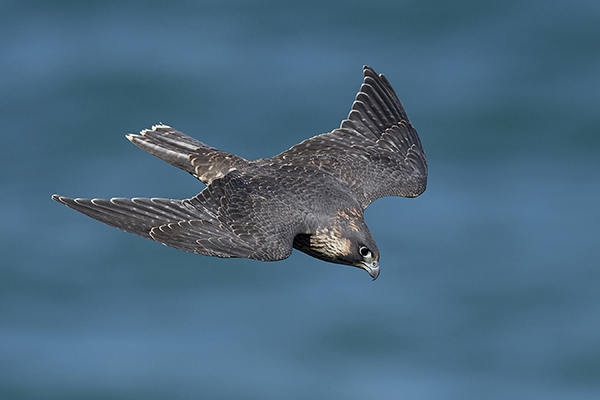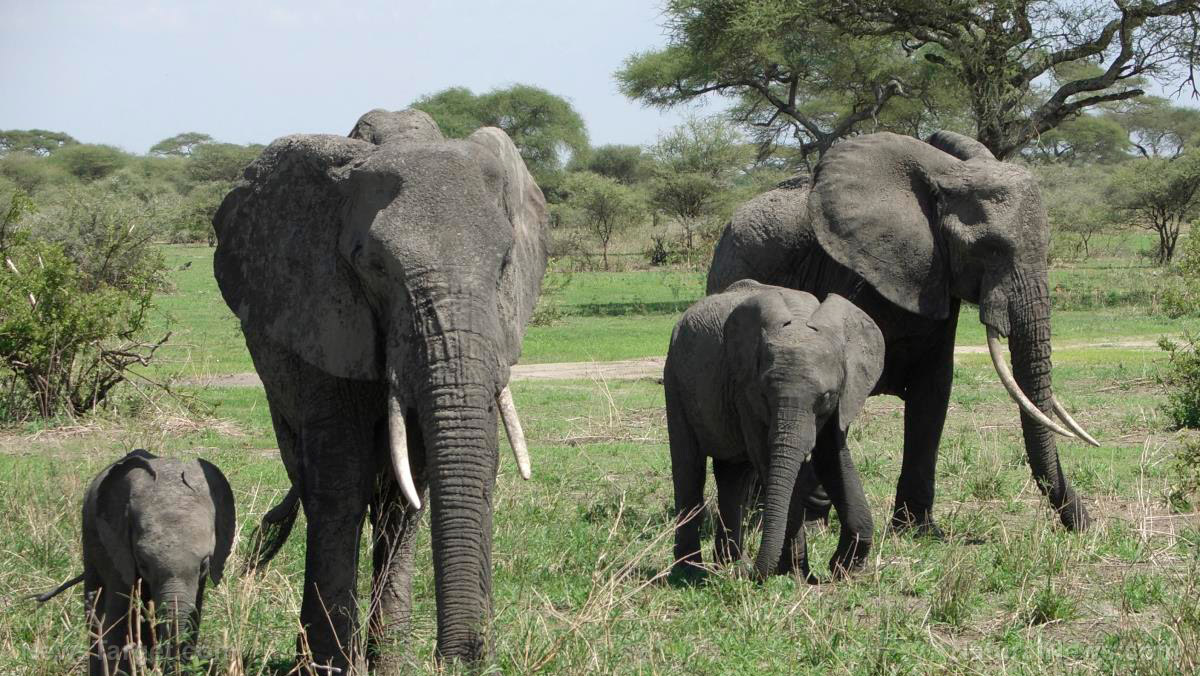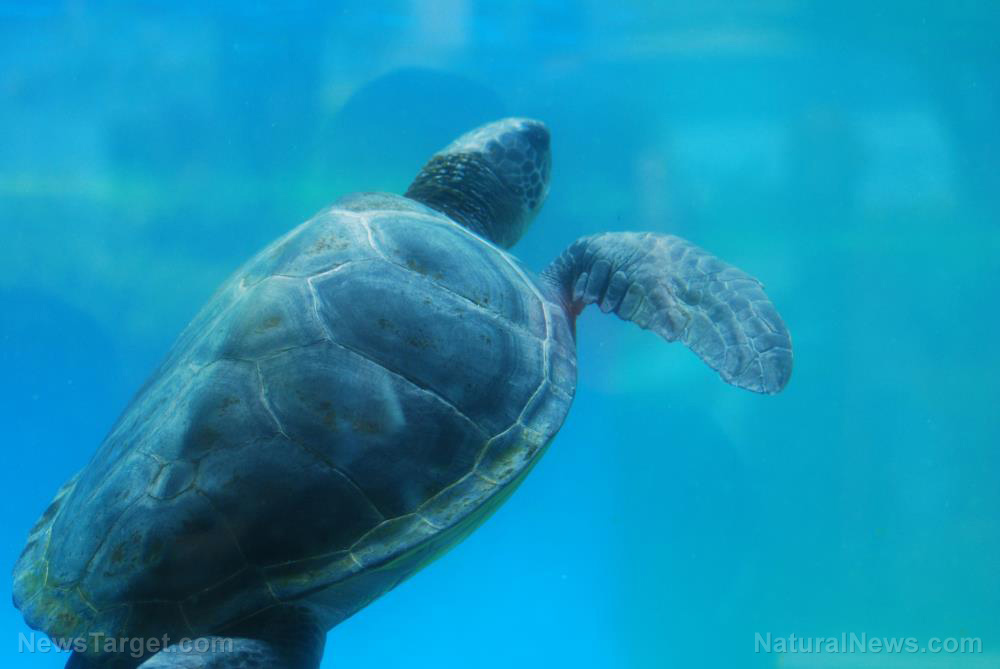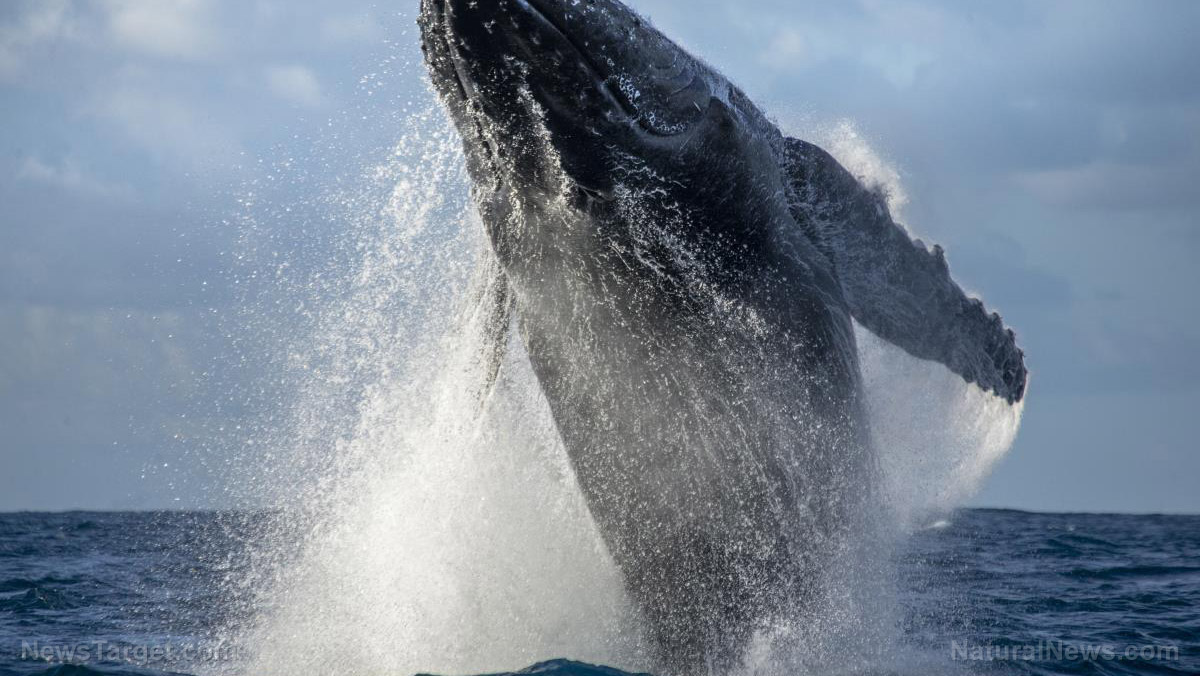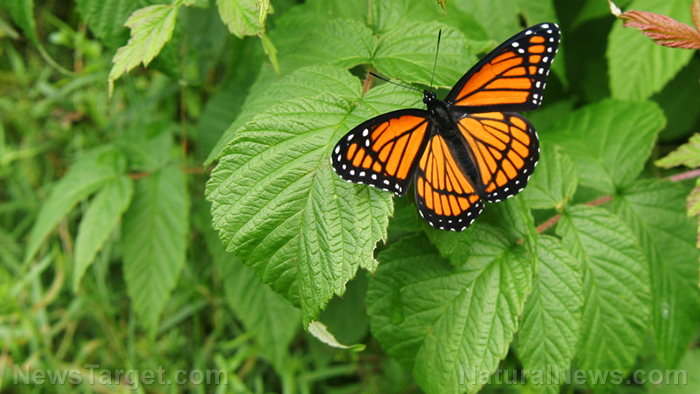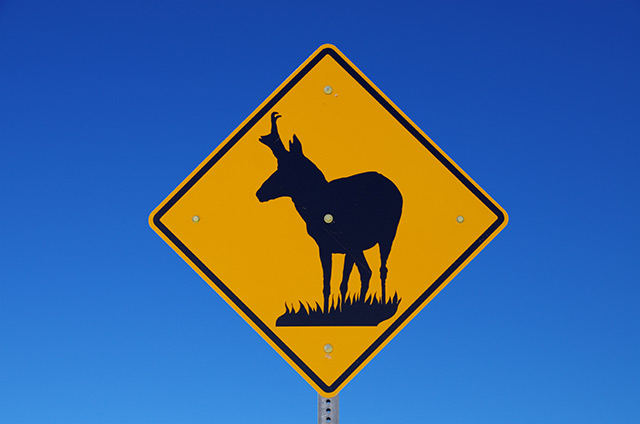
A joint effort between the Wildlife Conservation Society (WCS) and Oregon State University (OSU) examined the effectiveness of these animal crossings. The researchers observed the behavior of pronghorn when the animals came across animal crossing structures.
If the pronghorn treated the structures in the same way they reacted to predators and vehicles, they would get stressed or even panic. Panicked reactions could put both animal and human lives in danger.
The researchers were pleased to report that pronghorn were using the man-made structures to avoid human vehicles, thereby ensuring their safety and those of human drivers. Furthermore, Wyoming state authorities also reported that the incidents of vehicles hitting wildlife dropped by 70 percent after they finished building the crossing structures and fences.
These separate reports indicated that pronghorn are capable of changing their behavior in response to human efforts to protect them and other humans. (Related: Grazing animals on forested pastures found to actually stimulate plant growth, benefiting conservation efforts.)
Protecting the last known migration corridor of North America's pronghorn
The pronghorn (Antilocapra americana) is a large mammal found only in the North American continent. Unrelated to either goats or antelopes, it is one of the fastest ground animals on the planet, second only to the cheetah.
Large herds of the animals used to migrate across central and western North America. Today, due to human activities, there is only one remaining pronghorn migration that we know of.
The Path of the Pronghorn is one of the longest active migrations of large mammals in the continent. Every year, pronghorn herds trek between Grand Teton National Park and the Green River Basin.
The Wyoming Department of Transportation studied the movement of pronghorn through the choke point at Trapper's Point Historical Monument. They erected crossing structures across a 12-mile stretch of U.S. Highway 191.
Furthermore, they also set up fences that were too tall for the pronghorn to surmount. They hoped that the fences would force the pronghorn to use the animal crossing structures instead of crossing the highway.
Pronghorns adapted their migratory behavior to use animal crossing structures
From 2011 to 2014, the WSC researchers studied the response of the pronghorn to the new animal crossings. They took note of the time it took for the animals to adapt to these additions to the traditional migratory route. Last but not least, they determined if the animals preferred using overpasses or underpasses.
At first, the pronghorn evaded the suspicious-looking crossings. They would rather try their luck crossing U.S. Highway 191 despite the known risk of getting hit by a speeding vehicle.
As time passed, the increasingly inured animals began to use the crossing structures. By the conclusion of the study, all of the pronghorn used the animal crossings. They also preferred to use an overpass rather than an underpass.
The researchers noted that the pronghorn did grow more wary over time while using the crossing structures. However, other stress behaviors stayed low while the success rate for their crossing attempts went up.
"This study is helpful for wildlife managers on a number of levels, one of which is to provide a baseline of understanding on how migratory wildlife may respond to modifications of important migratory pathways over time," said Jon Beckmann, the author of the WCS study.
If you want to know how you can help preserve pronghorn and other native species, check out Ecology.news.
Sources include:
Please contact us for more information.
















